Incidents of anti-White racism are on the rise in the United States, but even grieving families are denying this trend. A division of the Department of Justice known as the Community Relations Service (CRS) may be behind it.
The small town of Springfield, Ohio has found itself at the center of a heated political controversy in recent weeks following alarming reports about the local immigrant population. According to as-of-yet-unverified claims from concerned citizens, Haitian nationals resettled in Springfield under the Biden Department of Homeland Security’s Temporary Protected Status (TPS) program have been seen killing and eating wildlife in local parks and, in some cases, abducting household pets as well.
These claims were quickly adopted as a Republican Party talking point, with stories of migrants feasting on dogs and cats being used to illustrate the consequences of the Biden administration’s lax border security measures. Former President Donald Trump himself repeated the claim during his September 10 debate against Vice President Kamala Harris, drawing mockery from his opponent and a fact-check from moderator David Muir.
Further investigation into the matter on the ground in Springfield has since suggested that there may be some degree of validity to the claims, but the reports remain unsubstantiated by most major media outlets.
But while potential threats to Springfield’s animal population are still under investigation, the human cost of the situation is proving to be equally concerning.
Since 2020, between 10,000-20,000 Haitian nationals have been placed in Springfield through the TPS program, with migration rates increasing during the gang uprisings in Haiti earlier this year. The latest census data reports that Springfield has a population of roughly 58,000—meaning the influx of immigrants grew the town by one-third.
The sudden increase in population has overwhelmed government services, significantly reduced available housing, and led to steep increases in crime and car accidents.
The Aiden Clark Case
Tensions between local residents and migrant communities escalated significantly in August 2023, when 36-year-old Haitian national Hermanio Joseph swerved his minivan into oncoming traffic and collided with a school bus carrying more than 50 elementary schoolers.
11-year-old Aiden Clark was ejected from the bus during the collision, then crushed beneath it when the vehicle flipped over. At least 25 other children were injured and required hospitalization.
Joseph, who was not licensed to drive in the state of Ohio given his immigration status, was charged with aggravated vehicular homicide, a fourth-degree felony. He now faces up to nine years in prison for the crash.
In the year since Clark’s death, his name has been brought up as yet another example of the effects of unchecked immigration. Most recently, republican vice presidential candidate JD Vance, the junior senator for the state of Ohio, described Clark as “a child [who] was murdered by a Haitian migrant who had no right to be here.”
In the last several weeks, my office has received many inquiries from actual residents of Springfield who've said their neighbors' pets or local wildlife were abducted by Haitian migrants. It's possible, of course, that all of these rumors will turn out to be false.
Do you know…
— JD Vance (@JDVance) September 10, 2024
Trump’s war room account similarly mentioned Clark, laying the blame for his death squarely on Vice President Harris.
REMEMBER: 11-year-old Aiden Clark was killed on his way to school by a Haitian migrant that Kamala Harris let into the country in Springfield, Ohio.@KamalaHarris has refused to say Aiden's name. pic.twitter.com/1vnTGpw7aH
— Trump War Room (@TrumpWarRoom) September 9, 2024
Last week, Nathan Clark, Aiden’s father, responded to the national attention brought to his son’s case during a town meeting.
“Ya know, I wish that my son Aiden Clark was killed by a 60-year-old white man,” Clark, a longtime teacher, said. “I bet you never thought anyone would ever say something so blunt. But if that guy killed my 11-year-old son, the incessant group of hate-spewing people would leave us alone. They make it seem as though our wonderful Aiden appreciates your hate, that we should follow their hate. And look what you’ve done to us.”
Clark continued:
Speaking of morally bankrupt: politicians Bernie Moreno, Chip Roy, JD Vance, and Donald Trump. They have spoken my son’s name and used his death for political gain.
They can vomit all the hate they want about illegal immigrants, the border crisis, and even untrue claims about fluffy pets being ravaged and eaten by community members, but they are not allowed, nor have they ever been allowed, to mention Aiden Clark from Springfield, Ohio.
To clear the air, my son Aiden Clark was not murdered. He was accidentally killed by an immigrant from Haiti. This tragedy is felt all over this community, this state, and even the nation. But do not spin this towards hate.
In order to live like Aiden, you need to accept everyone. Choose to shine, make a difference, lead the way, and be the inspiration. What many people in this community, state, and nation are doing is the opposite of what you should be doing. Sure, we have our problems here in Springfield and in the US, but does Aiden Clark have anything to do that?
Clark’s comments in this now-viral video generated significant controversy, with many taking particular issue with the grieving father’s wish that “a 60-year-old white man” had been responsible for his son’s death rather than an immigrant.
And yet, while Clark’s statement by itself is rather shocking, it also serves as the latest point in an alarming trend in national politics.
A Disturbing Pattern
For years, family members of people harmed or killed in similar incidents have made remarks calling for unity and downplaying the racial dynamics of the situation. In dozens of completely unrelated cases in recent years, situations just like this have played out across the country, with grieving families rushing to emphasize peace and harmony despite clear evidence of racial animus or rampant criminality…provided, of course, that the victim of the crime is White.
Take for example the case of 64-year-old Andreas “Andy” Probst, a former California police chief who retired to the Las Vegas area in 2009 after 35 years in law enforcement. In September 2023, Jesus Ayala, 18, and Jzamir Keys, 16, carried out a citywide crime spree that involved four car thefts and several hit-and-runs. After using their stolen Hyundai Elantra to perform pit maneuvers on multiple cars, the two juveniles spotted Probst riding his bike on the shoulder of the road.
Ayala, who was driving the car, quickly accelerated towards Probst while Keys, who was riding in the passenger seat and filming the incident on his phone, called out “yeah, yeah, get his ass!”
The car crashed into Probst from behind, shattering the windshield and sending him flying, at which point Ayala and Keys sped off, leaving Probst for dead.
Probst died of his injuries at a local hospital later that day, and police were unable to identify the perpetrators for nearly five weeks. At the time of their arrest, the teens joked that they would only receive a “slap on the wrist” for their crimes. They were later filmed jeering and making obscene gestures at Probst’s wife and daughter in the courtroom before being charged with murder, attempted murder, and grand larceny.
Speaking to reporters outside the courtroom, Taylor Probst, the victim’s daughter, called Ayala and Keys “entitled pricks” and remarked that “they really have no remorse.”
“It’s just a game to them,” she continued. “They really don’t care if anyone else lives or dies; they don’t care about themselves, if they live or die, and that can just be shown through their own actions.”
But when addressing the public in a press conference following the initial arrests, she took a more measured approach, stating:
We believe that Andy’s murder is a direct result of society’s decayed family values and the strong effects that social media has on our youth. We as a family in no way feel that Andy’s murder was based on race or profession, and was a random act of violence. We ask you to not politicize or use Andy’s murder to fuel political agendas or to create cultural wars.
One month later, Jonathan Lewis Jr., a 17-year-old student in Las Vegas, fell victim to a similar incident.
Lewis became involved in an altercation with a group of Black classmates behind Rancho High School after one of the teens allegedly stole a pair of headphones from Lewis’ friend. The confrontation turned violent, and a cellphone video taken by a bystander showed Lewis being knocked to the ground and mercilessly kicked, punched, and stomped. Lewis was transported to a nearby hospital, where he was pronounced brain-dead. He died one week later.
So far, nine teens between the ages of 13 and 17 have been charged for the incident, with several facing murder charges and some likely to be tried as adults.
Immediately after his son’s death, Jonathan Lewis Sr. created a fundraising page with the following message:
The human race is calling, screaming for us to see our unity, calling us to break the cycle of the imprisonment of violence and apathy… Begging us to see that when we gather, great power of change is possible. Great power of awareness will be directed to the mob so the mob can demand change, can cry out to humanity and scream the pain of the children.
This is a humanity thing, beloved people of the United States. Not a race thing!
Other examples of racially-charged incidents being downplayed with White-guilt-filled calls for unity have played out countless times across the country—including during one particularly brutal weekend in mid-2023 when three prominent liberal activists were murdered in Baltimore, New York, and Philadelphia.
Even to an uninformed observer, it could easily appear as though each of these statements was based on a single script…and there may be a good reason to suspect this. In many of these cases, there is sufficient evidence to suspect the involvement of a largely unknown division of the Department of Justice known as the Community Relations Service.
While neither the agency nor the families of the victims are likely to confirm any rumors of collaboration, the fingerprints of the CRS are visible in each of these situations
The Community Relations Service
Most people are completely unaware of the very existence of the CRS, but this agency has been actively operating on the national political stage for nearly 60 years.
The CRS was established by Title X of the Civil Rights Act of 1964, intended to serve as “America’s Peacekeeper” by servicing “communities facing conflict based on actual or perceived race, color, national origin, gender, gender identity, sexual orientation, religion, or disability.”
Originally intended to be a division of the Department of Commerce, the CRS was transferred to the DOJ under President Lyndon Johnson. The initial scope of the agency’s mission focused on “communities facing disputes, disagreements, or difficulties relating to allegations of discriminatory practices based on race, color, or national origin,” but in 2009, the mission was broadened by the Matthew Shepard and James Byrd Jr. Hate Crimes Prevention Act.
In 2017, then-President Donald Trump proposed eliminating the CRS as part of his administration’s larger border security proposal, deeming the agency redundant and non-essential. However, after objections from civil rights groups, Congress rejected the proposal and did not approve any funding cuts to the CRS, resulting in no changes to its operation.
Per the CRS website:
CRS works toward its mission by providing facilitated dialogue, mediation, training, and consultation to assist these communities to come together, develop solutions to the conflict, and enhance their capacity to independently prevent and resolve future conflict.
All CRS services are confidential and provided on a voluntary basis, free of charge to the communities. CRS is not an investigatory or prosecutorial agency and does not have any law enforcement authority. CRS works with all parties to develop solutions to conflict and serves as a neutral party.
According to the agency, its primary purpose is to help communities resolve racial tension and civil unrest without resorting to violence or litigation. It accomplishes this by facilitating conversations between community groups, local governments, and law enforcement agencies, as well as providing civil rights education and conflict resolution training, and conducting on-the-ground intervention after hate crimes and bias incidents.
In practice, this means that CRS interventions almost exclusively consist of urging White victims and their loved ones to avoid inflammatory remarks about their cases while simultaneously working to secure lighter sentences for offenders.
This strategy was perfectly typified in 2018 through the CRS’ work in Lewiston, Maine—an incident the agency lists as a case study of its work addressing national origin bias. After weeks of “simmering tensions” between city residents and a large population of Somali immigrants, a racially motivated fight broke out in Lewiston’s Kennedy Park. During the fight, 38-year-old Donald Giusti was beaten to death with a rock. Three men from Somalia were arrested in connection with the incident.
At the request of the Lewiston police chief, CRS intervened to “help ease racial tensions and strengthen community relations” by hosting seminars and promoting cross-cultural events to improve local tolerance for migrant populations.
With social pressure dissipating, the man responsible for Giusti’s death was able to plead “no contest” to a charge of criminal negligence, for which he served nine months in prison. Another defendant pled guilty to misdemeanor assault in 2020 and was sentenced to one week in jail and a $395 fine. After working with the agency, the Lewiston chief of police agreed to contact CRS whenever officers made an arrest that could inflame race-based tensions in the city.
At the same time—and with no apparent coordination with the CRS—Donald Giusti’s sister and uncle put out statements calling for peace and hoping that their family member’s death would “give this community a voice to say something needs to give.” As is the case with all the other family statements discussed previously, these remarks were made seemingly unprompted by any outside sources…and yet they nevertheless furthered the goals of the CRS.
But the influence of the Community Relations Service stretches back to long before 2018. Rather, the CRS has been a driving force in American cultural development for six decades, making its presence known during the most tumultuous times in the nation’s history.
Accomplishments of the CRS
The CRS lists its notable historical accomplishments in an interactive timeline, beginning with the Selma Marches in 1965, during which the agency “worked with protest leaders in Selma, including the Reverend Dr. Martin Luther King, Jr., law enforcement representatives, and city officials to craft agreements on how far the protesters would be able to progress along the route and the response demonstrators would receive when they encountered law enforcement on the parade route.”
In 1968, following King’s assassination, the CRS is credited with preventing a riot in Memphis, Tennessee, even as violence broke out in more than 100 other cities. After telling a crowd of King’s supporters to go home peacefully, CRS representatives also encouraged local African American gang members to avoid causing civil disturbances that day.
Other notable historical interventions from the CRS include:
- 1973 – Negotiating an end to the 71-day siege in Wounded Knee, South Dakota
- 1974 – Overseeing busing efforts as Boston desegregated its school system
- When 20,000 people gathered to protest the desegregation efforts, the CRS steered the crowd away from violence
- Later that school year, the CRS developed an “agency-initiated monitoring system” run by trained personnel to identify racial tensions in schools and address the problem before violence broke out
- 1992 – Attempting to soothe community tensions during the Rodney King riots, with efforts mainly focusing on the Black, Korean, and Latino populations of Los Angeles.
- 2001 – Shielding Muslim, Arab, and Sikh communities from harassment after the attacks on September 11
- This included training hate crimes training for law enforcement, helping state and federal attorneys establish legal protections for these communities, and instructing school officials to develop plans for addressing backlash among students
- 2005 – Using “rumor control measures” to respond to allegations of racial disparities following disaster relief efforts after Hurricane Katrina
- The CRS also countered claims of widespread looting and violence with a coordinated media campaign to fact-check sensationalized reports.
As was the case in the aftermath of Hurricane Katrina, “rumor control” is one of the CRs’ primary strategies for maintaining public order. During periods of unrest and conflict, this often takes the form of coordinated media messaging, ensuring that local and national outlets dispel misinformation and avoid unverified stories that could escalate the problem.
In the modern era, social media has become the new frontier for the CRS narratives, serving as both a powerful tool and a major hurdle for the agency. As online platforms replace traditional media as the public’s primary news source, the CRS has adapted to work with other government departments and third-party organizations to monitor misinformation and counter with their own trusted sources.
Social media allowed the CRS to ramp up its community outreach efforts as well, and representatives were on the ground around the country in the aftermath of the Trayvon Martin (2012), Eric Garner (2014), Michael Brown (2014), and Alton Sterling (2016) shootings. Though each of these incidents led to violent protests—and, in the case of Sterling, the murder of three Louisiana police officers and the attempted murder of three more—the CRS downplayed the situation and claimed to be actively promoting peace.
Similar strategies were deployed after the Pulse Night Club shooting in 2016 and the deadly “Unite the Right” rally in Charlottesville in 2017.
The CRS saw unprecedented public involvement during the George Floyd riots of 2020, with the agency claiming to have acted as “an impartial, confidential facilitator, working to help stakeholders identify and implement solutions that best meet their needs.” These riots caused an estimated $2 billion in damages across 20 states, though the CRS makes no mention of this.
But the CRS is not alone in its efforts to seize on social media as a tool to control public responses.
“Controlled Spontaneity”
The online campaigns organized by the CRS bear a striking resemblance to a UK-based government planning program known as “controlled spontaneity.” First reported in 2019 by the outlet Middle East Eye, the British government spent years developing hashtags, focus testing imagery, and drafting statements for politicians and community leaders—all to create a “spontaneous” response in the event of a terrorist attack.
According to the outlet, impromptu demonstrations, candlelight vigils, street art displays, and online comments were all prepared far in advance to redirect public outrage and instead “focus on empathy for the victims and a sense of unity with strangers.”
Another critical component of the “controlled spontaneity” strategy was encouraging family members of slain citizens to publicly disavow hatred and call for peace.
Consequences of the Cover-Up
For the past 60 years, the Community Relations Service has worked tirelessly to prevent the public from fully recognizing the problem of anti-White racism in the United States—and it has done so with the full support of the US government and the funding of the American taxpayer.
Prioritizing peace and unity within a society is a noble goal in and of itself, but under the guise of social harmony, groups like the CRS have downplayed and normalized clear instances of race-based hatred and bias, so long as the victims have the right skin color. Moreover, they have accomplished this by capitalizing on grieving families, using their pain to advance a hidden agenda directly under the noses of the American public.
This organization exists openly in the federal government, it maintains 10 regional offices and 14 field offices around the country, and its operating costs are freely discussed in the halls of Congress as a simple budgetary item. Even so, only a vanishingly small percentage of the public is even aware of the CRS’ existence, let alone the effect it has had on their history and their daily lives.
It is precisely this relative anonymity that allows tragedies like those that claimed the lives of Aiden Clark, Andy Probst, and Jonathan Lewis to continue on an almost daily basis.
And until the public is made aware of the script their government has put in place, the rampant criminality and unchecked flow of third-world immigration that enables these tragedies will continue completely unabated.
For more on the Aiden Clark case and the influence of the CRS, check out this clip from Valuetainment’s “The Unusual Suspects.”
Connor Walcott is a staff writer for Valuetainment.com. Follow Connor on X and look for him on VT’s “The Unusual Suspects.”
Got a hot scoop or an idea for a story? Connect with the VT writers on Minnect!

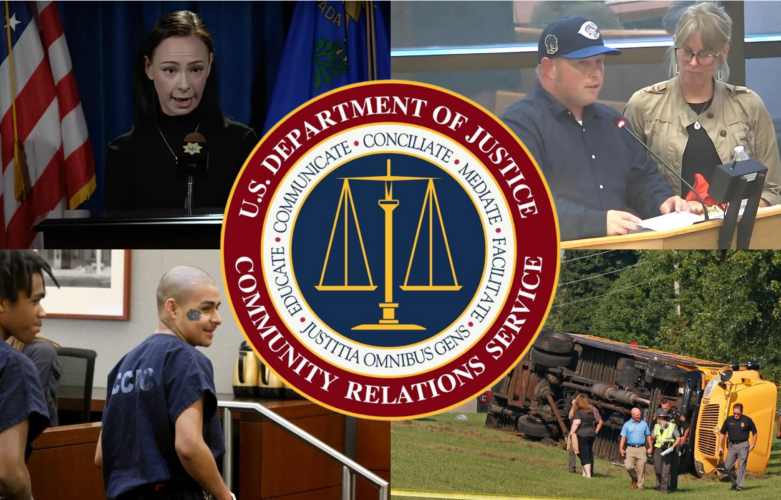
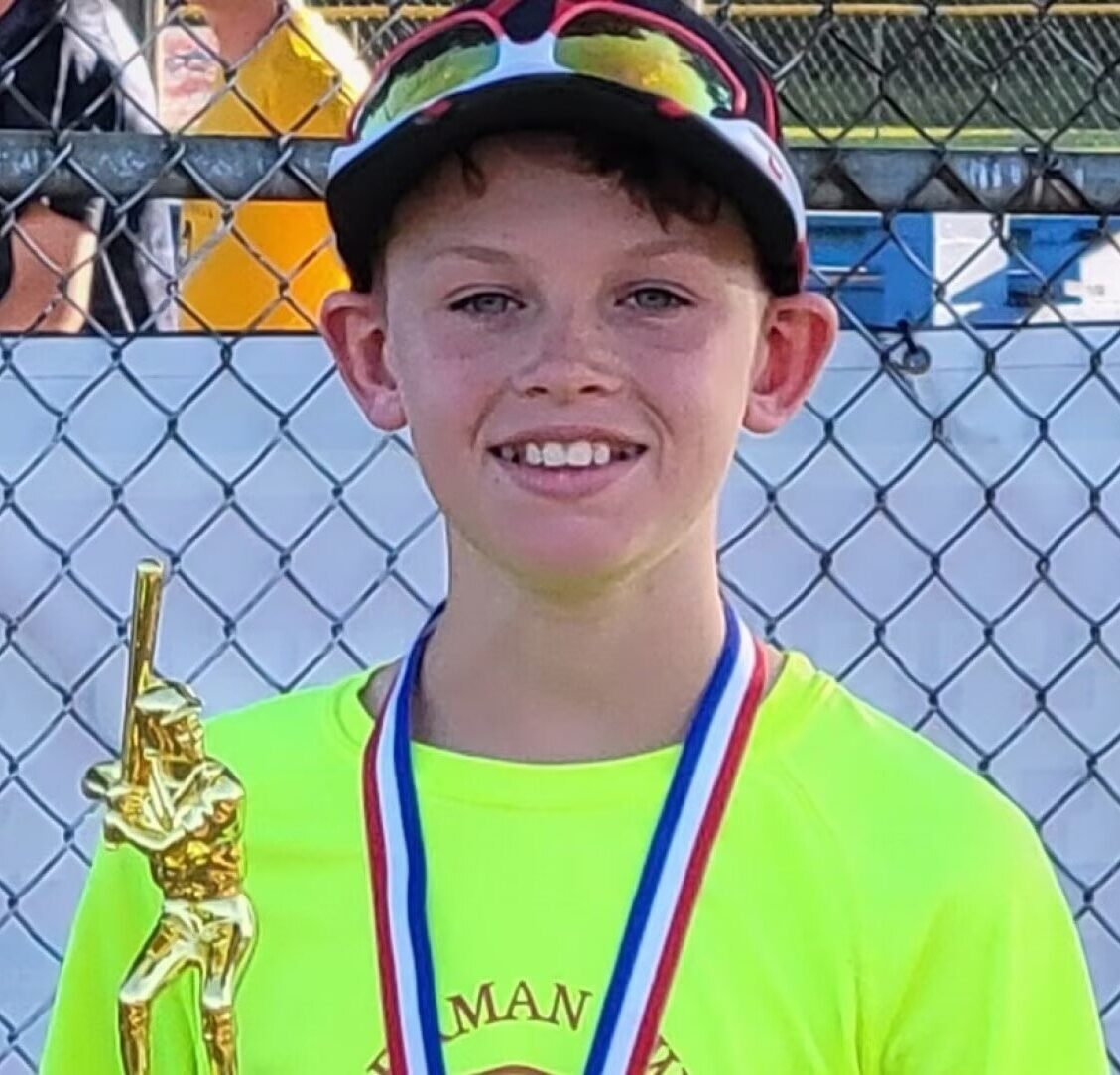
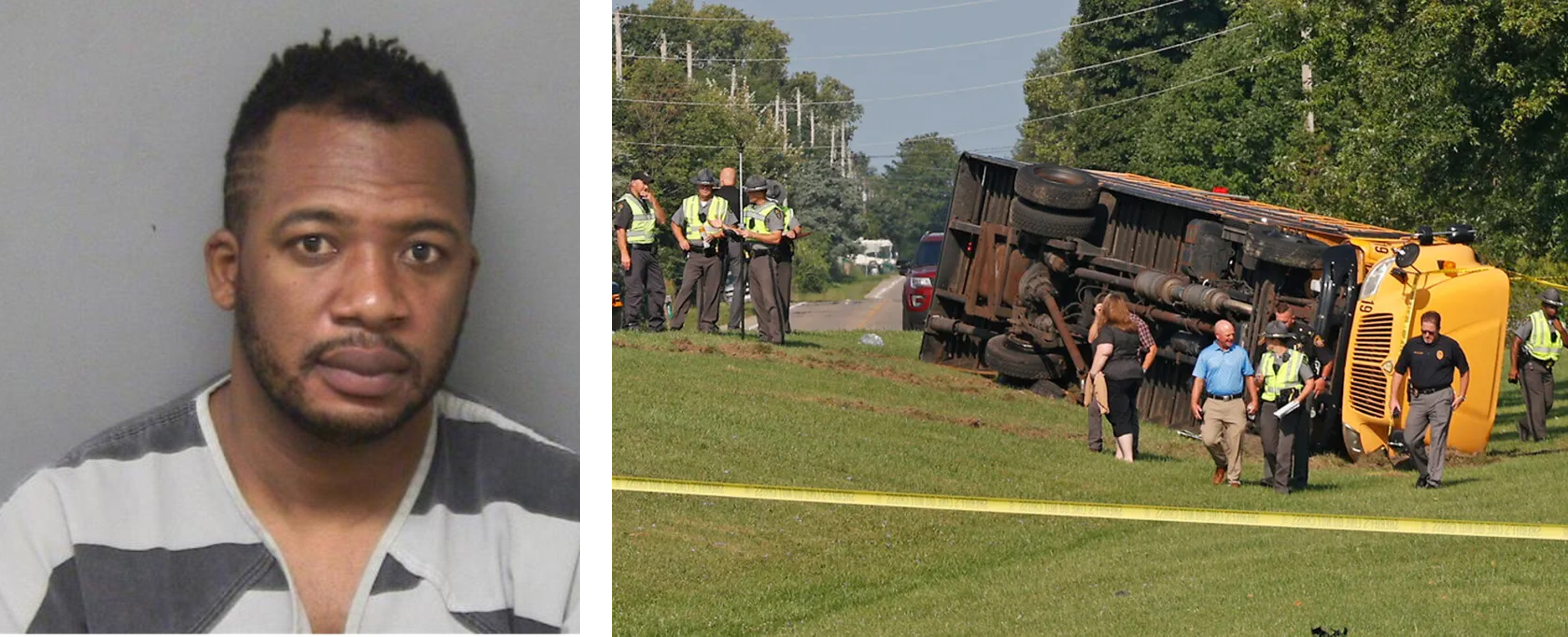

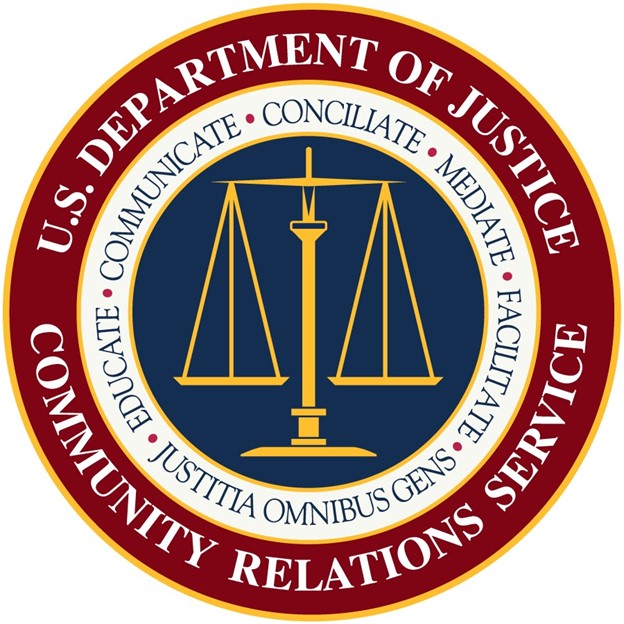








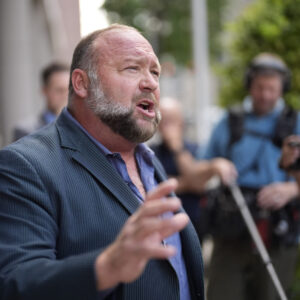




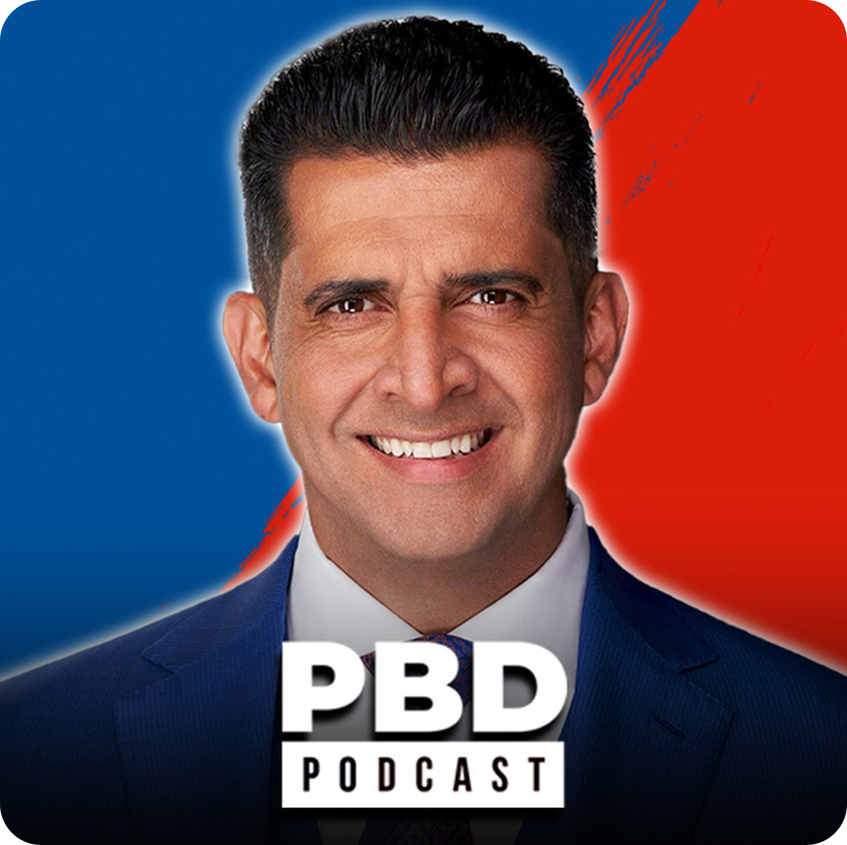

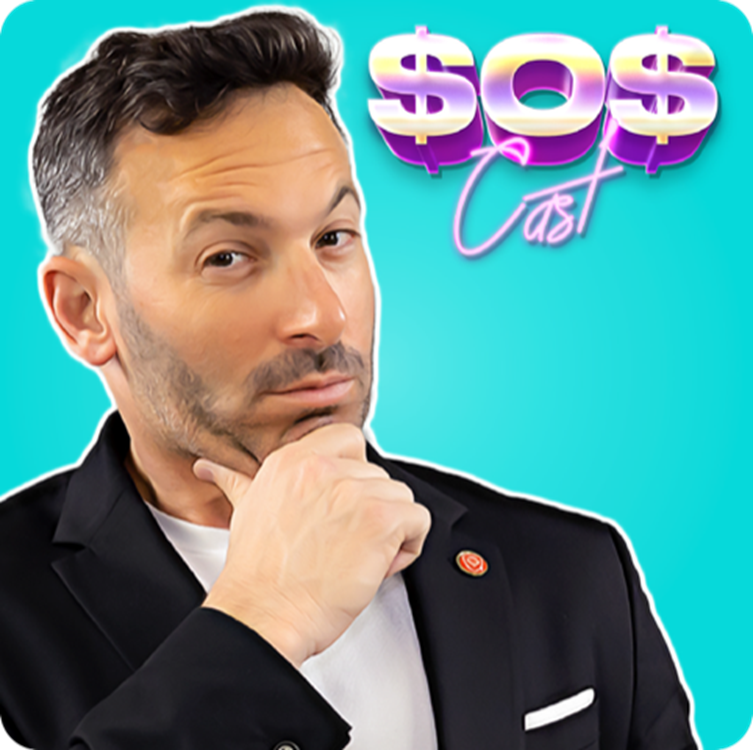

Add comment